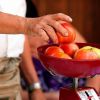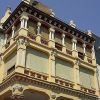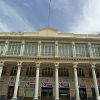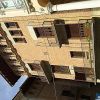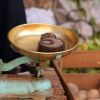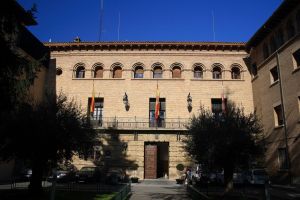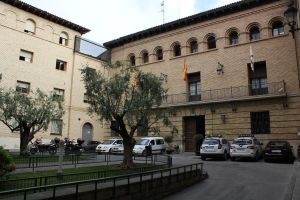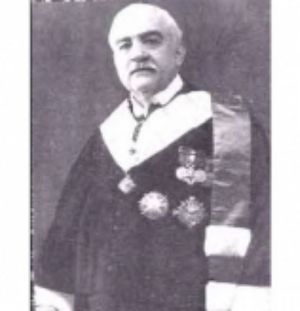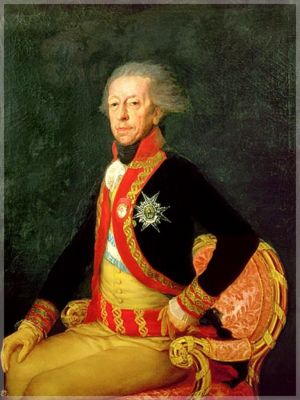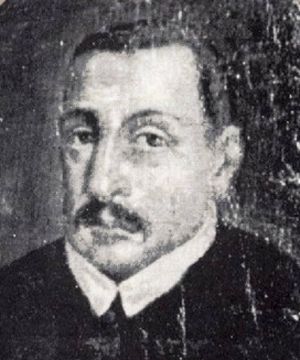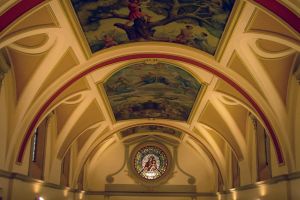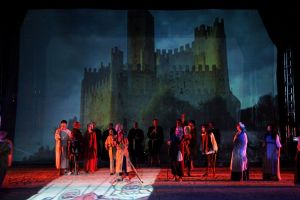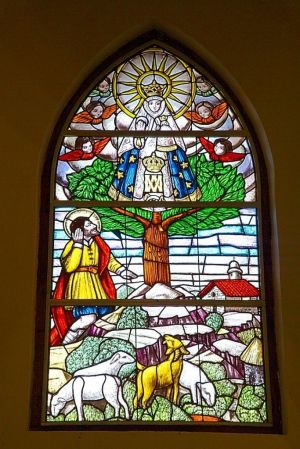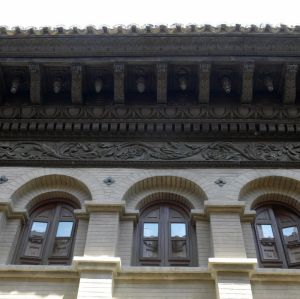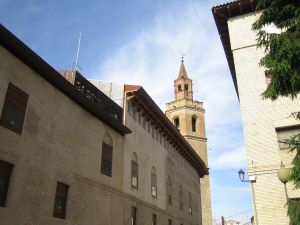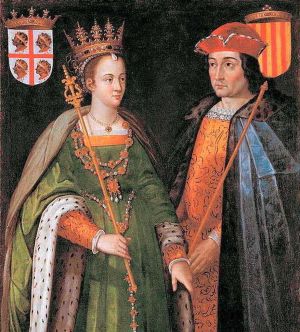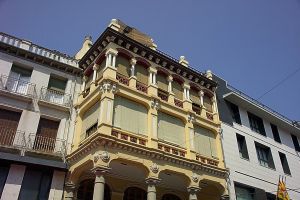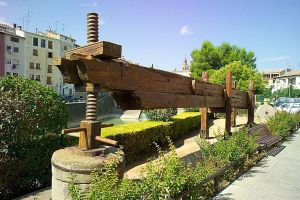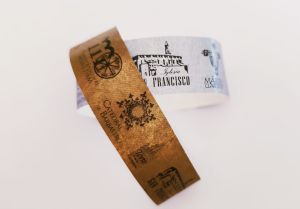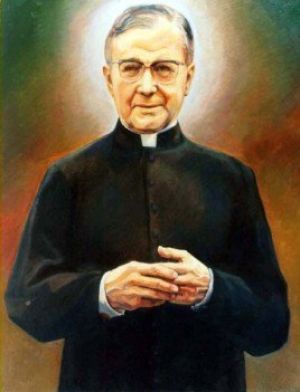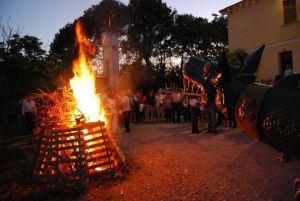This square started and flourished under the protection of commerce, which was favoured by the strategic location of the city of Barbastro. Since its origins the city has seen tradesmen and market gardeners gather at the square’s perimeter to display baskets of onions, beans, spinach, thistle leafs, leaf beet, peppers, tomatoes, aubergines, squash and all other manner of produce grown in the territory’s fertile fields. The produce would remain in the shade of the porches and was protected from either rain or sun.
In contrast to other Spanish squares, it does not have a building of great power or importance. Buying and selling has always been focus of activity in the Market Square, in a city that already boasts a Town Hall square and a Cathedral square.
Every Saturday this public space becomes the stage for trading and socialising, reflecting local culture and expression. It is also the place for bringing political life to the streets and for local fiestas. Time and the changes in taste brought by each era, have continued to transform this stage as the setting for the daily life of the Barbastro people.
The oldest houses, with low porches and a traditional air provide a compact and uniform front. Passing beneath them reveals small windows set in the plaster arches between the wooden joists of the ceilings; residents only had to lift a small tile on the floor above to see who was calling at the door.
The new spirit of the 20th century also penetrated this corner of the city. Around 1932 a project came to light that meant a total renovation, which gave rise to a large square made up of a combination of historical buildings. These reflected a variety of styles, highlighting how individual taste can contribute to a public initiative. Buildings that came out of this project include the neo-mudejar building of Casa Calonge and the Almacenes San Pedro building.In 1975 a building was erected that would define the final identity of this urban space. It occupies the site of the birthplace of San Josemaría Escrivá de Balaguer, the founder of the Opus Dei. Combining tile, stone and brick with textured concrete lintels, it reinterprets traditional elements such as the wooden eaves and the gallery of brick arches. The architects, H. Dols and S. Sols, recreated the traditional Aragonese style from a contemporary perspective.



